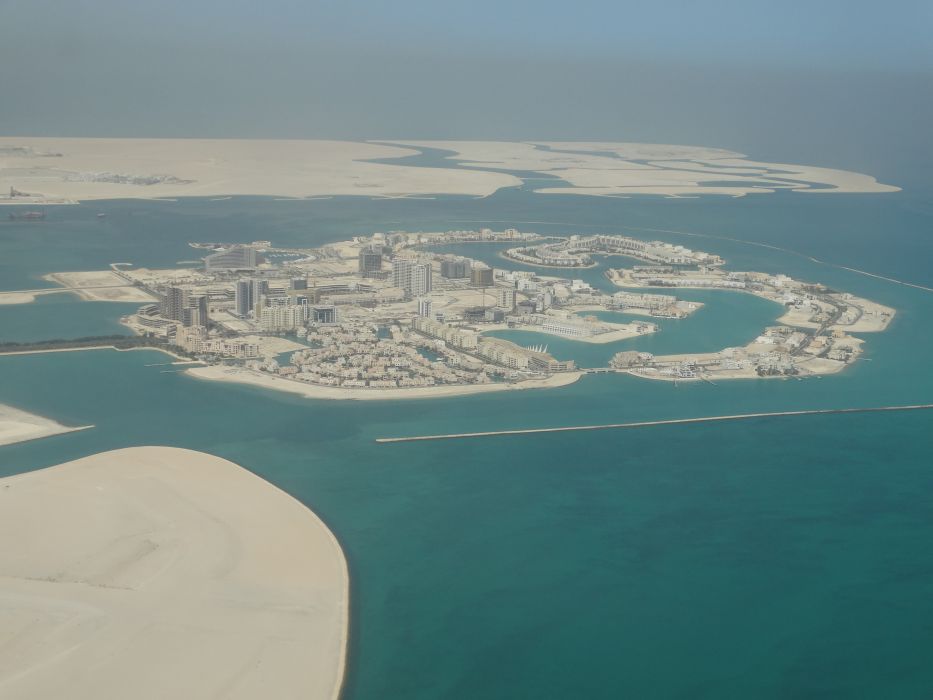Bahrain
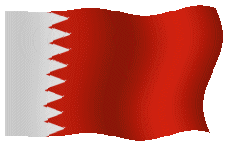

Bahrain is a small island country situated near the western shores of the Persian Gulf. Saudi Arabia lies to the west and is connected to Bahrain by the King Fahd Causeway. Bahrain is the site of the ancient land of the Dilmun civilization and was one of the earliest areas to convert to Islam in 628 AD. The Al Khalifa royal family has ruled the country since 1783. Bahrain has the first post-oil economy in the Persian Gulf because the Bahraini economy does not rely on oil. Since the late 20th century Bahrain has heavily invested in banking and tourism sectors. The United States designated Bahrain a major non-NATO ally in 2001, but it is also labelled as an authoritarian regime in the 2012 Democracy Index, where it ranks just 150th out of 167 states.
---------------------------------------
Some samples of the front and back sides of Bahrain's colorful currency.
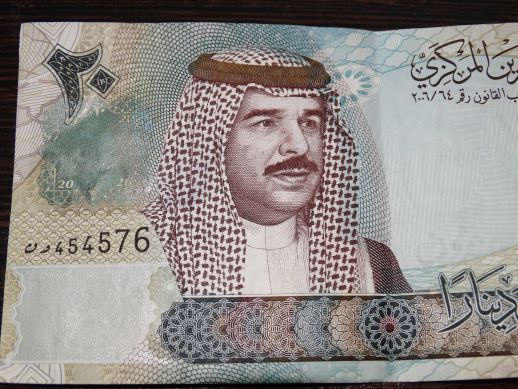
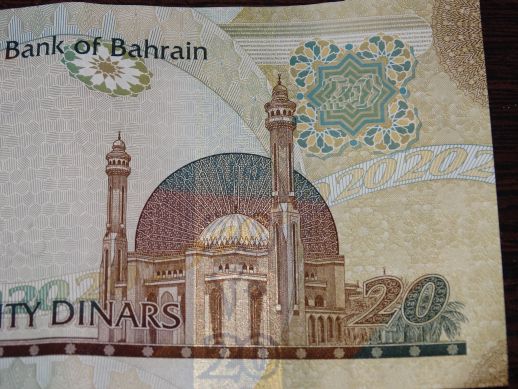
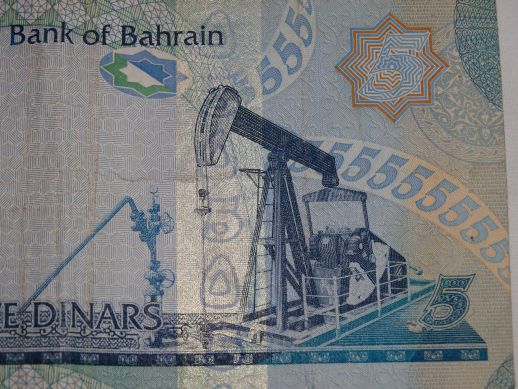
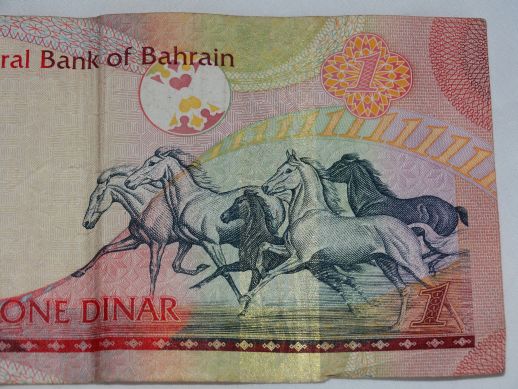
---------------------------------------
The King Faud Causeway that links Bahrain with next-door Saudi Arabia is an engineering marvel. At 16 miles long, the causeway took five years to build and is meant to symbolize the close relationship between the two kingdoms. It is the closest that one can get to Saudi Arabia without a visa.
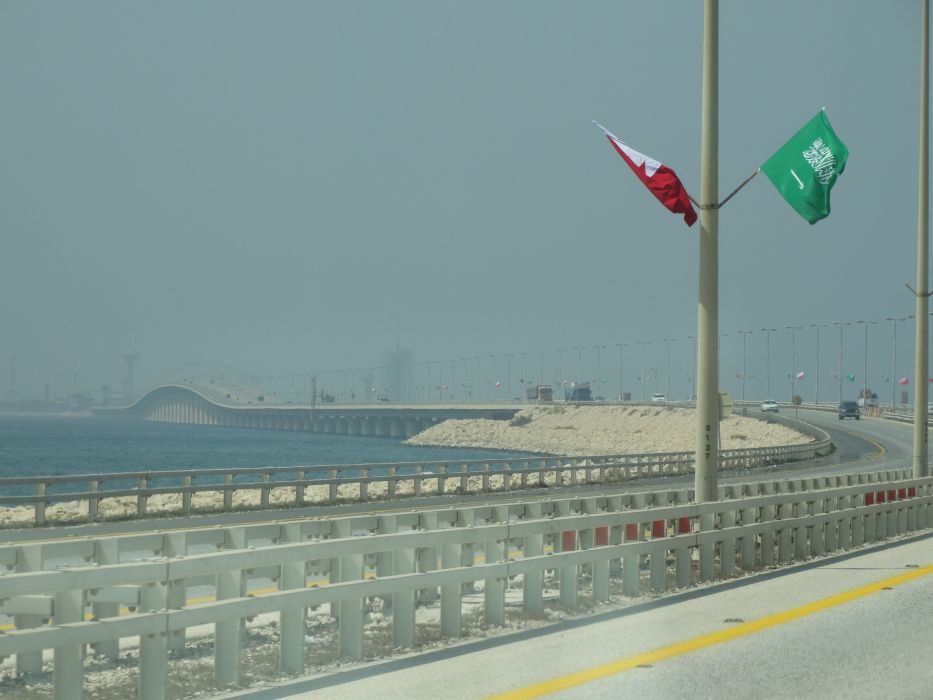
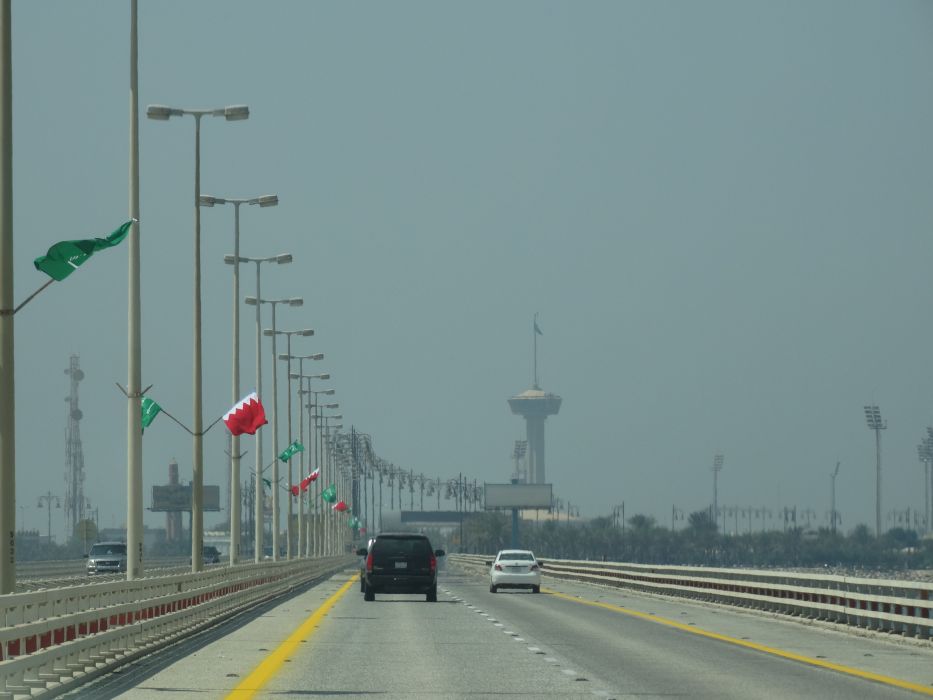
Saudi observation tower just across the border from Bahrain on the King Faud Causeway.
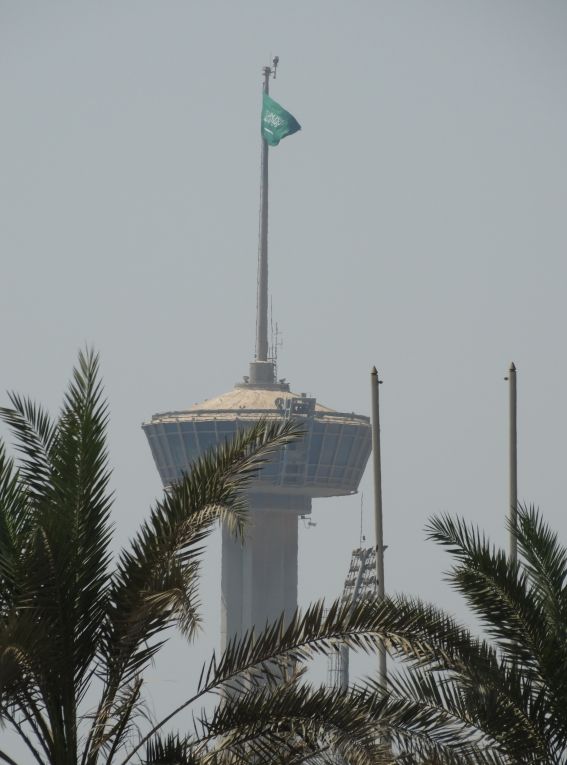
---------------------------------------
A few photographs of Bahrain Fort. The first Bahrain Fort was built around three thousand years ago on the northeastern edge of the island. The present fort dates from the sixth century AD. Archaeological excavations carried out since 1954 have unearthed antiquities from seven different stratified layers, created by various occupants from 2300 BC up to the 18th century. It was once the capital of the Dilmun civilization and was inscribed as a UNESCO World Heritage Site in 2005.
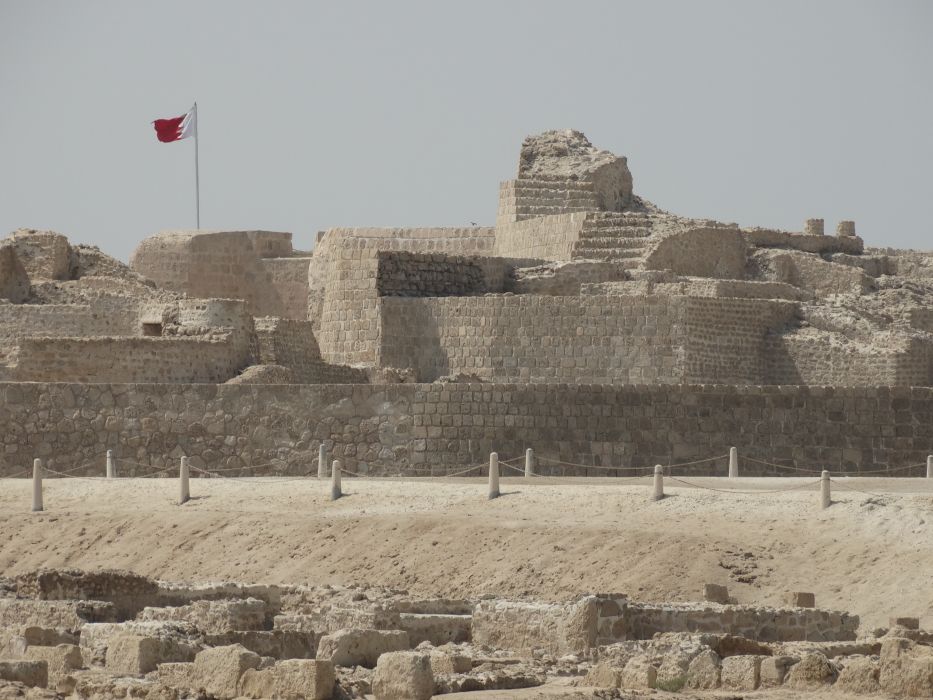
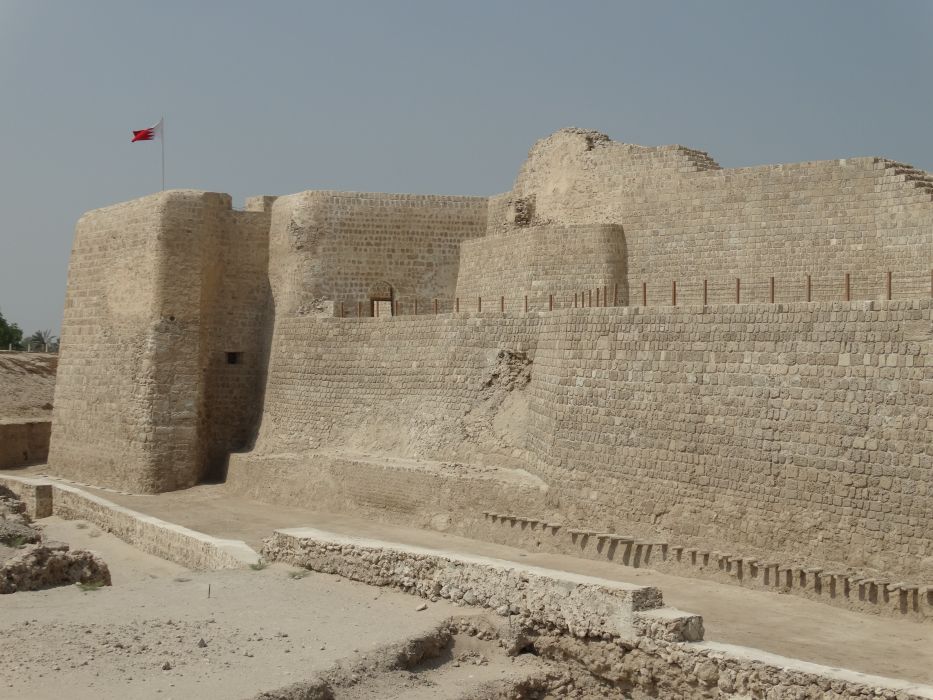
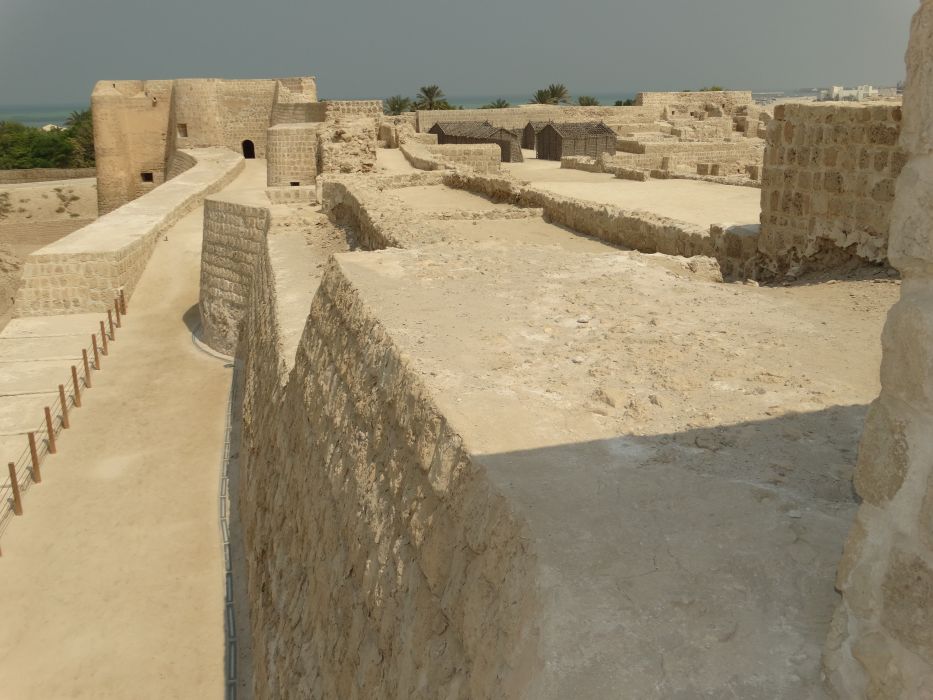
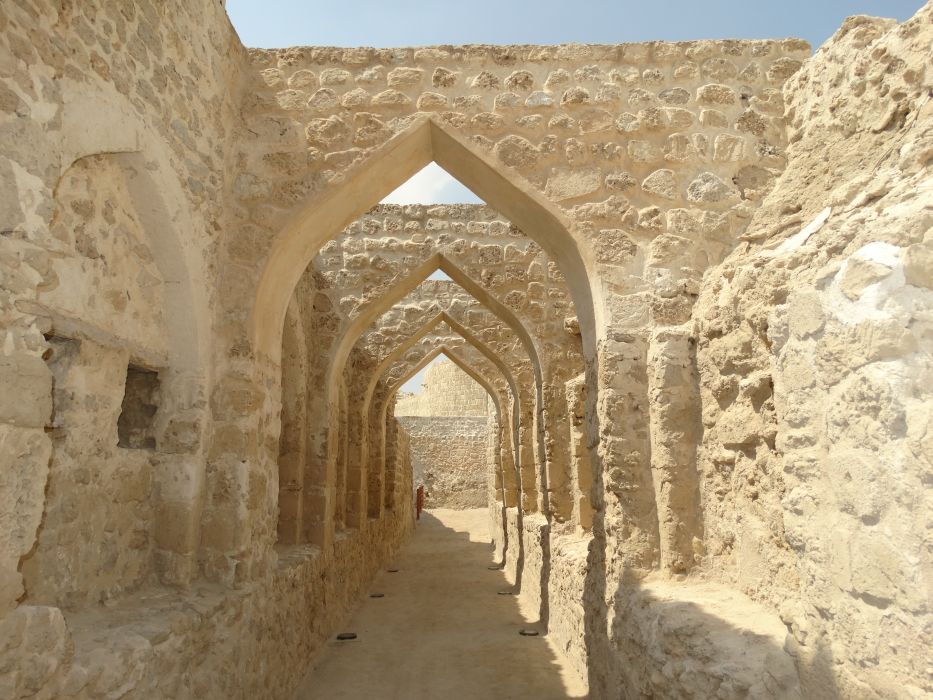
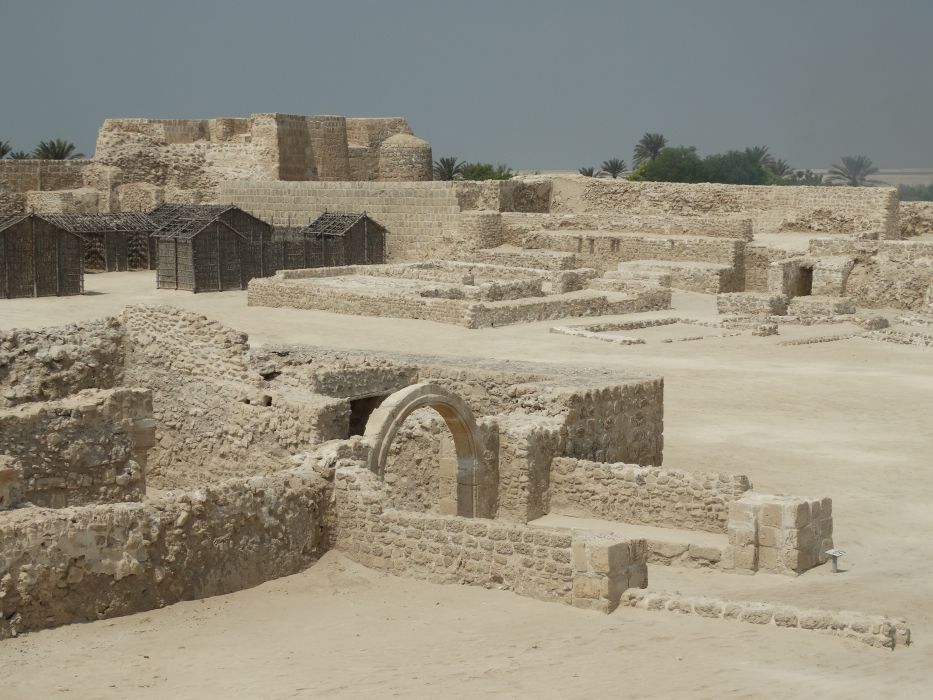
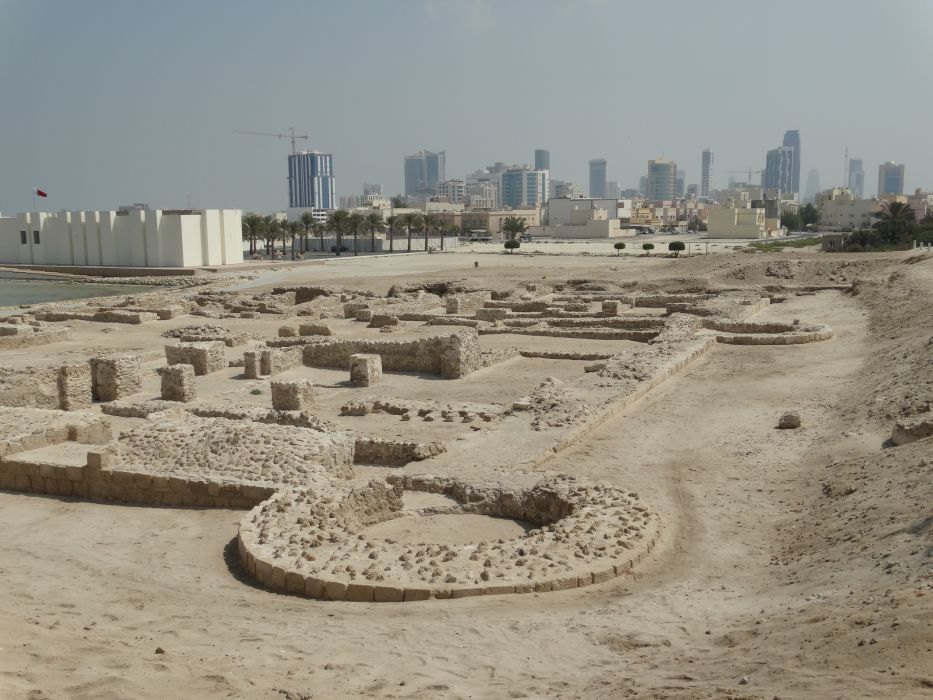
---------------------------------------
There is a very informative museum adjacent to the Bahrain Fort ruins with detailed explanations of various past civilizations. One of the many oddities on display is a "bathtub sarcophagus" of old.
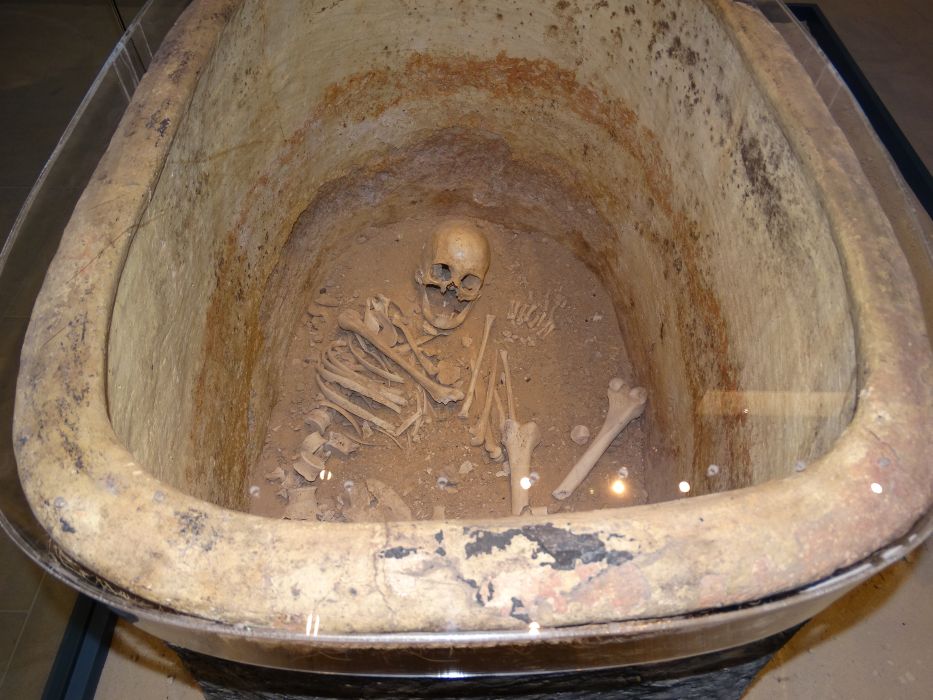
---------------------------------------
Thought to be a form of sacrifice, several bowls containing skeletons of sea snakes were also uncovered here.
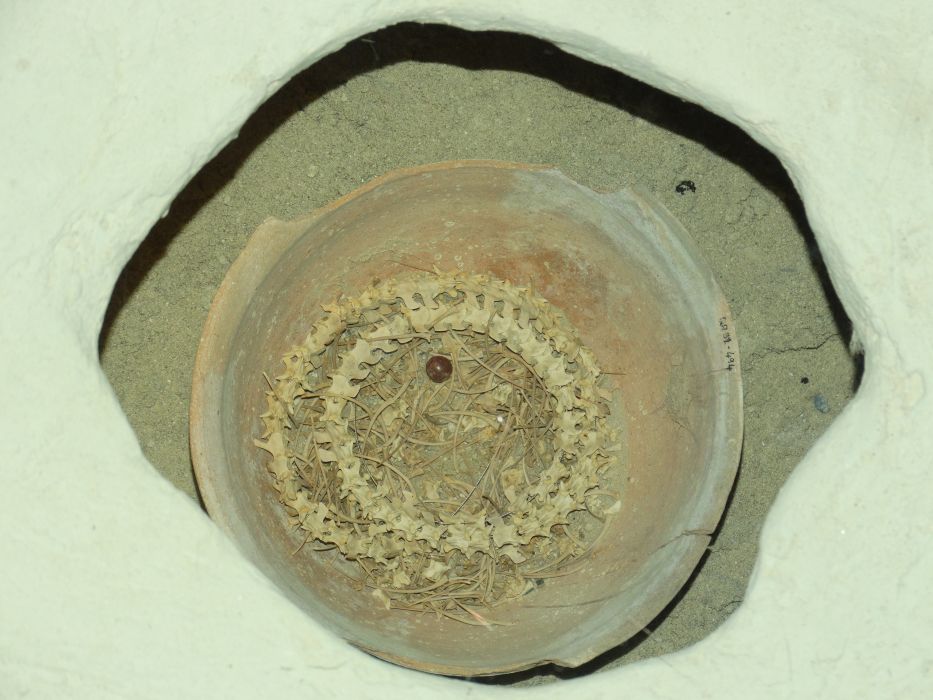
---------------------------------------
A cache of coins from the 2nd Century BC.
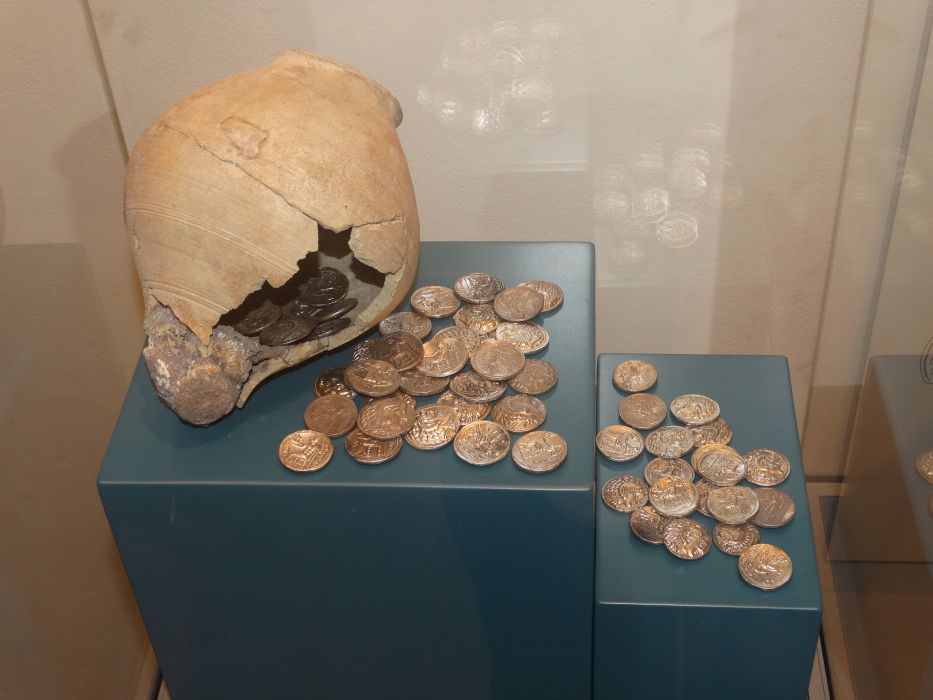
---------------------------------------
Before oil was discovered, pearl cultivation was one of Bahrain's principal industries.
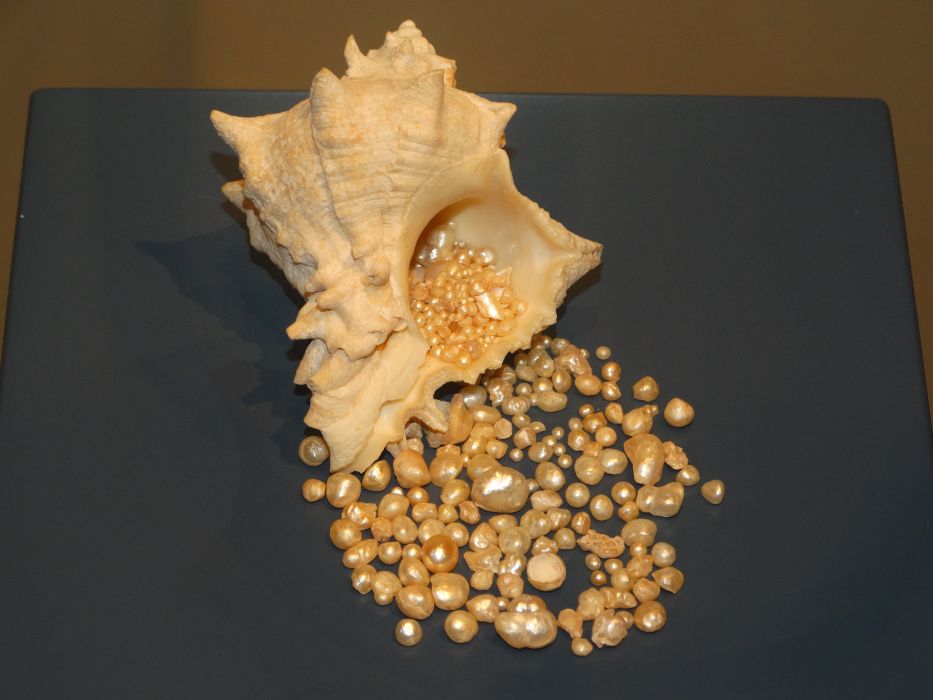
---------------------------------------
After taking a taxi out to Bahrain Fort, I decided to walk the six miles from the fort back to my hotel just to enjoy the city of Manama and take in some of its modern architecture and lovely seaside corniche pathways.
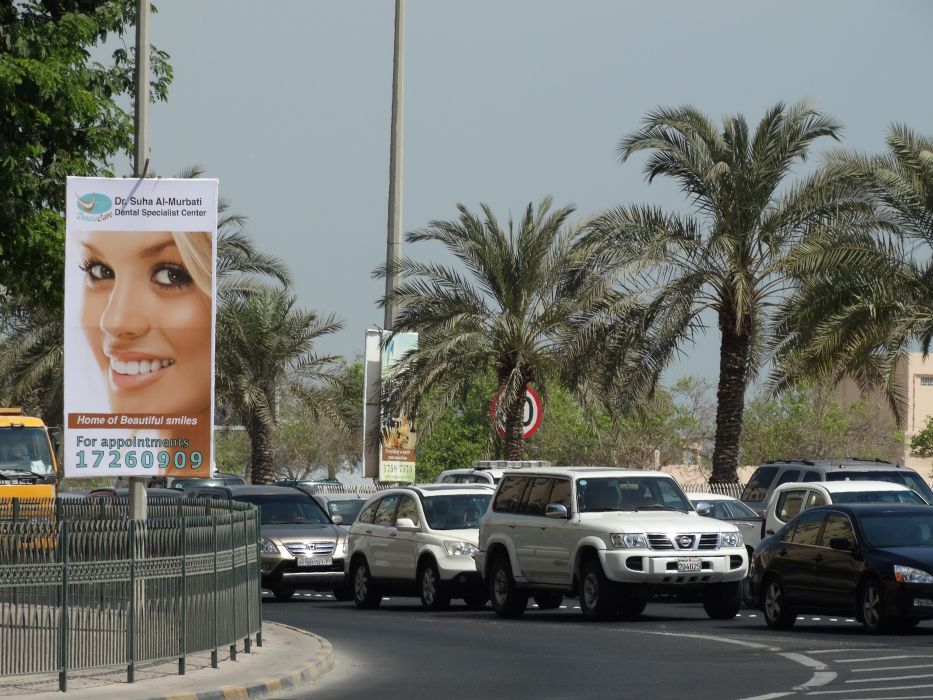
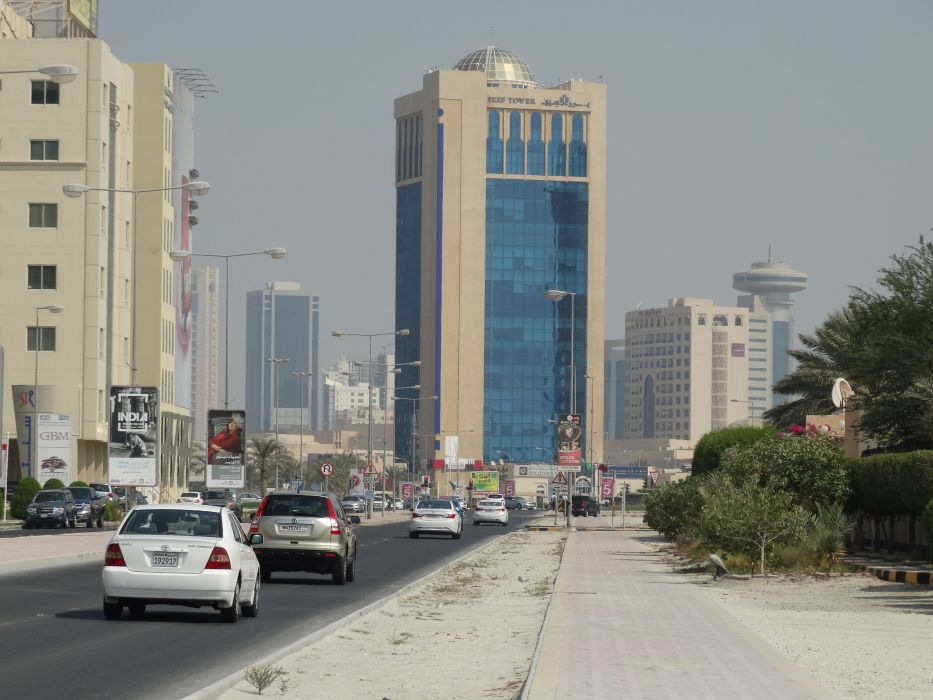
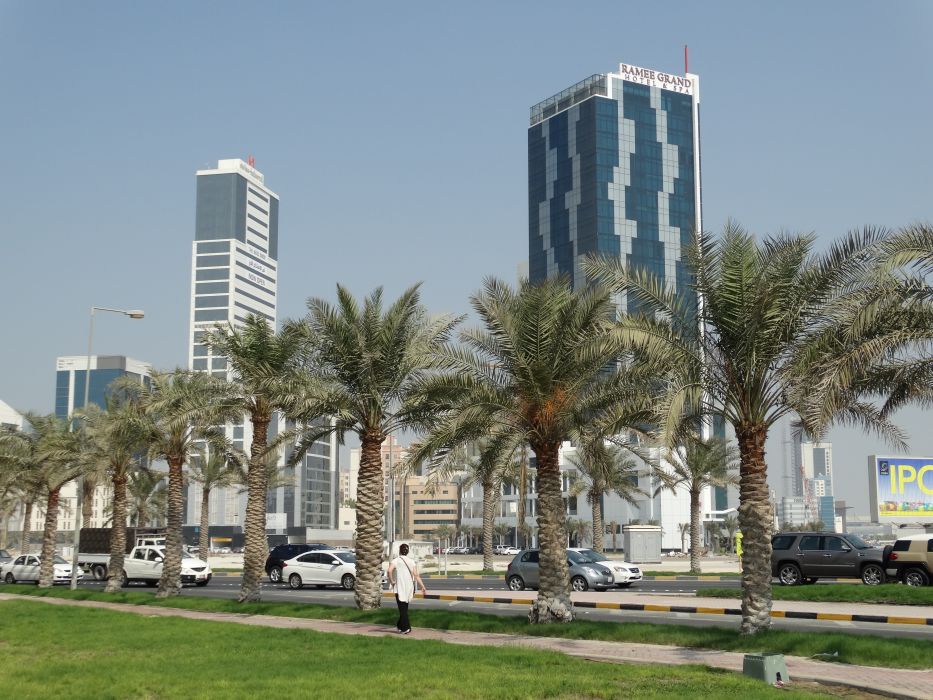
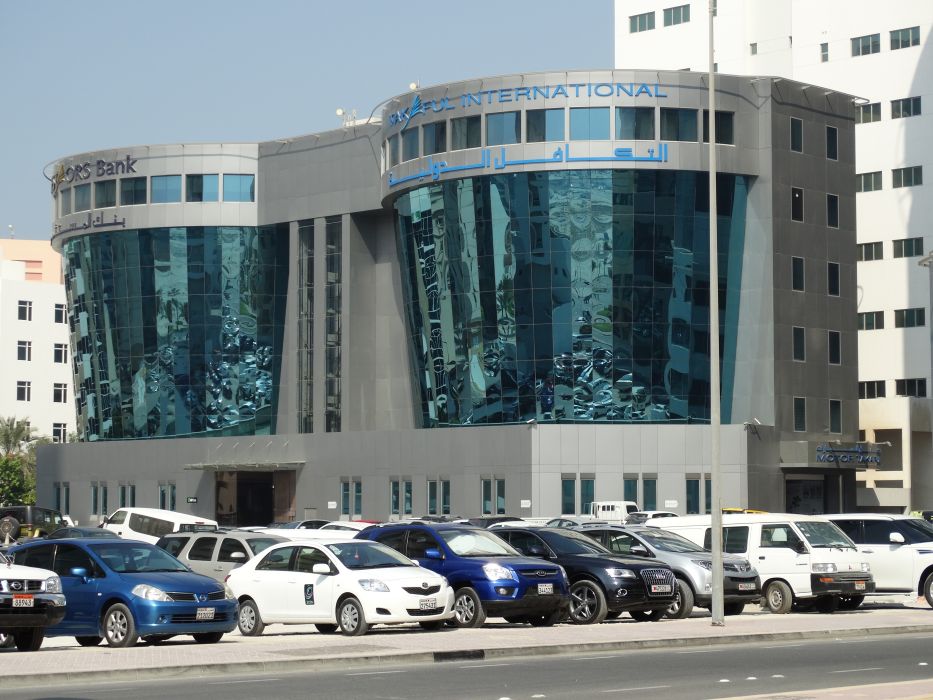
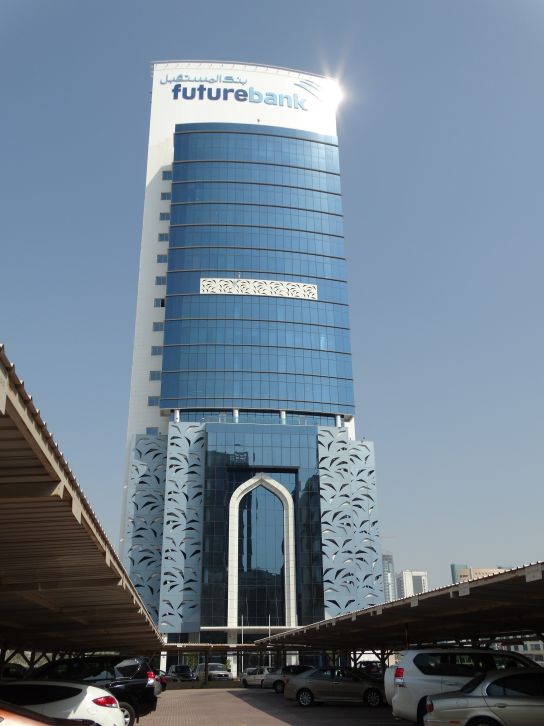
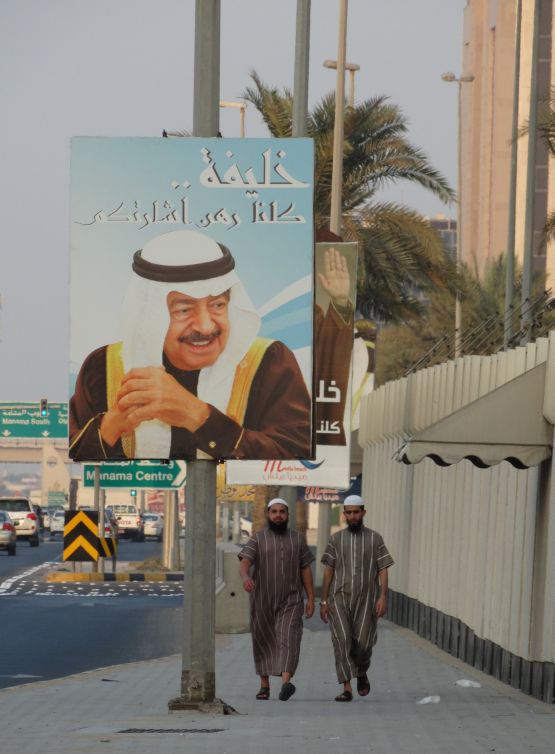
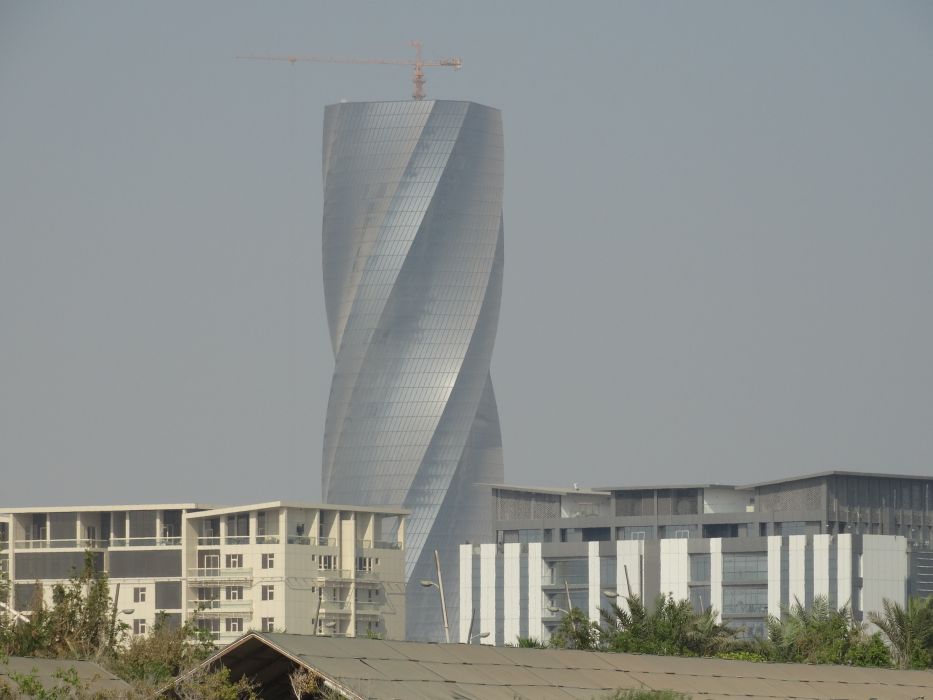
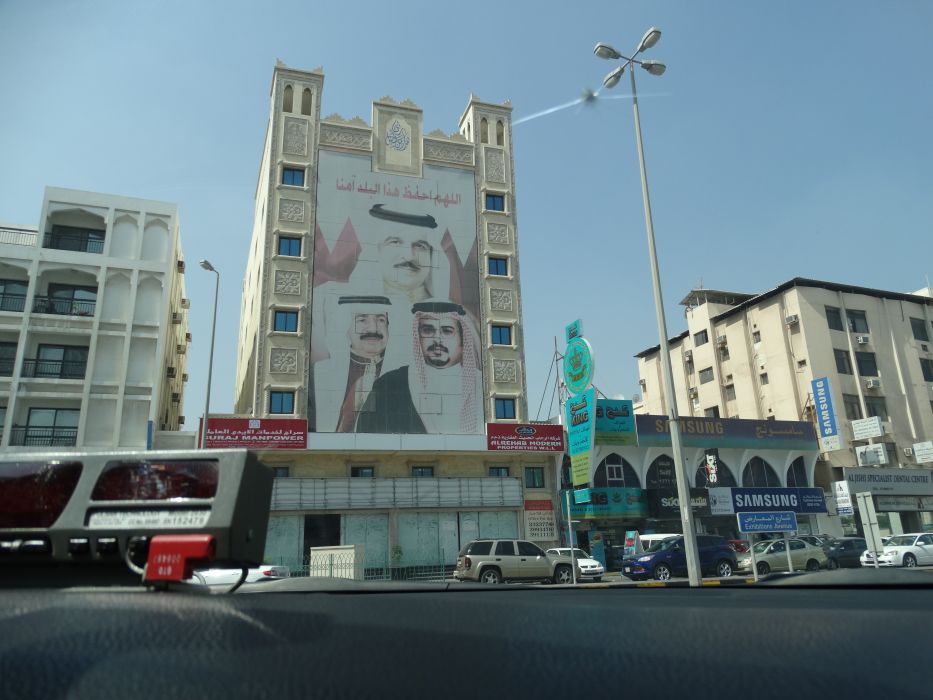
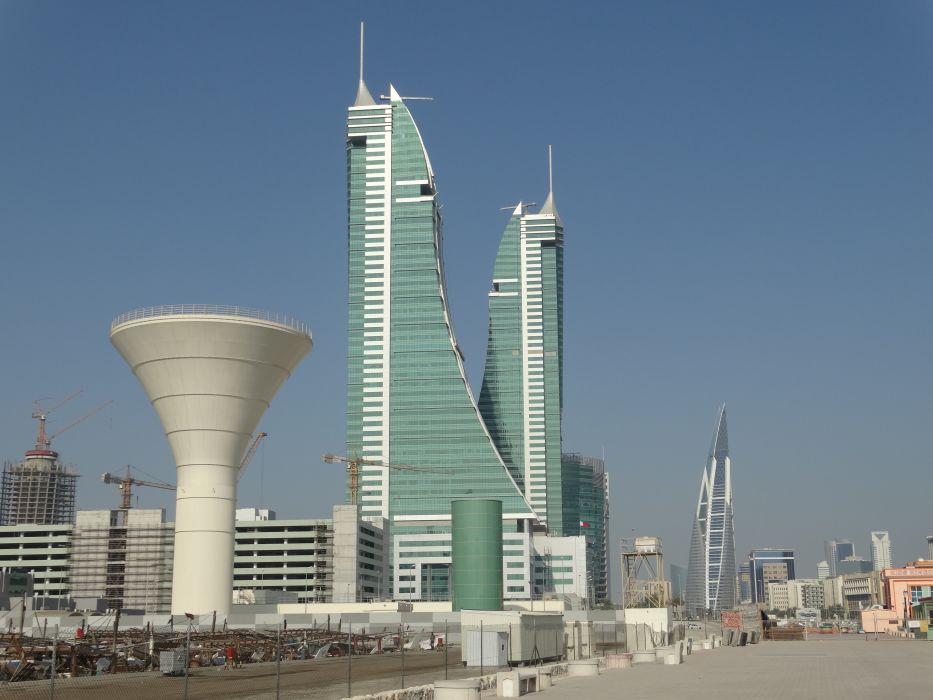
---------------------------------------
One of the main reasons for my decision to walk back to the hotel was so that I could stop by the Bahrain World Trade Center to take in its grandeur from up close. The towers were built in 2008 and are the first skyscrapers in the world to integrate wind turbines into its design. The two towers are linked via three skybridges, each holding a 225kW wind turbine. Each of these turbines measures 95 feet in diameter and is aligned north, which is the direction from which air from the Persian Gulf blows in. The sail-shaped buildings on either side are designed to funnel wind through the gap to provide accelerated wind passing through the turbines.


---------------------------------------
Normal tourists can't get anywhere near any of Bahrain's royal palaces, but I was able to snap a couple photographs of the light pink walls and onion dome of Gudaibiya Palace on my walk along the island's main eastern highway.
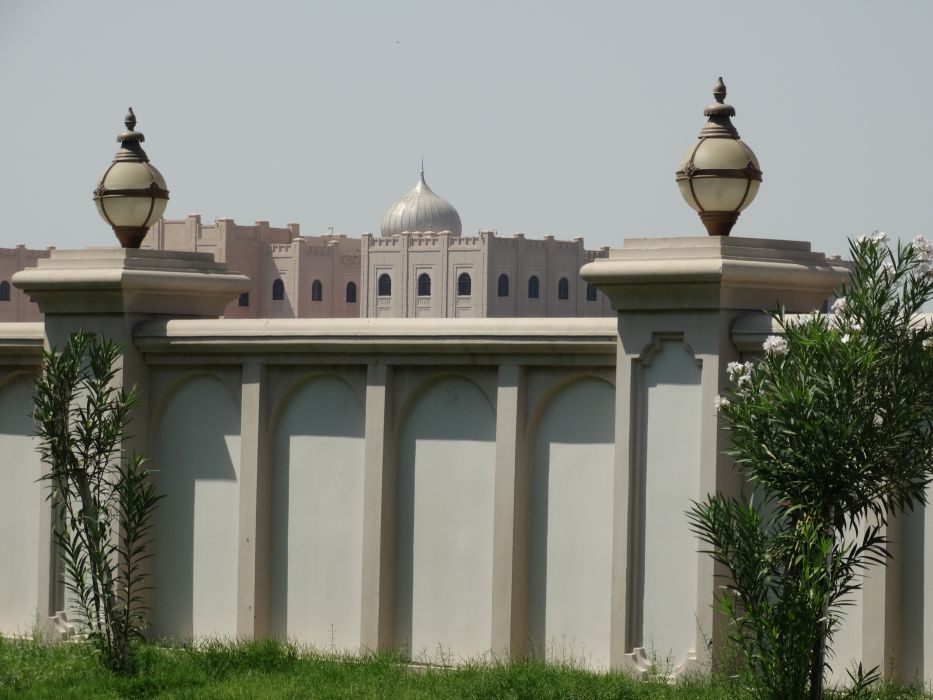
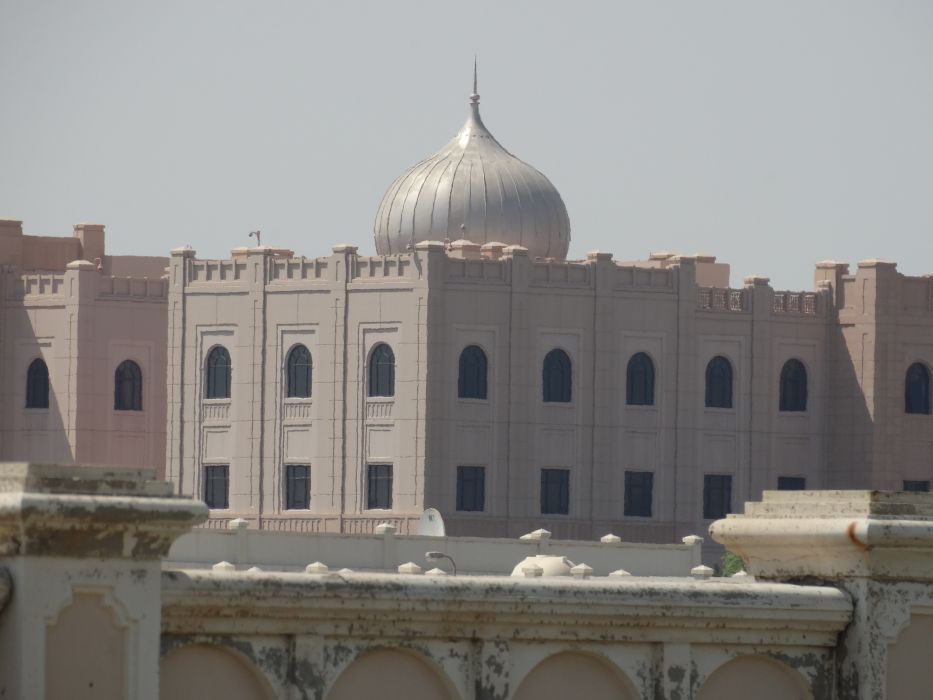
---------------------------------------
The Al Fateh Grand Mosque is the largest mosque in Bahrain and one of the largest mosques in the world, encompassing 6500 square meters and having the capacity to accommodate over 7000 worshippers at a time. The mosque was built by the late Sheikh Isa ibn Salman Al Khalifa in 1987. Closed on Fridays to all but Muslims, it is available for tours by infidel foreigners the other days of the week.
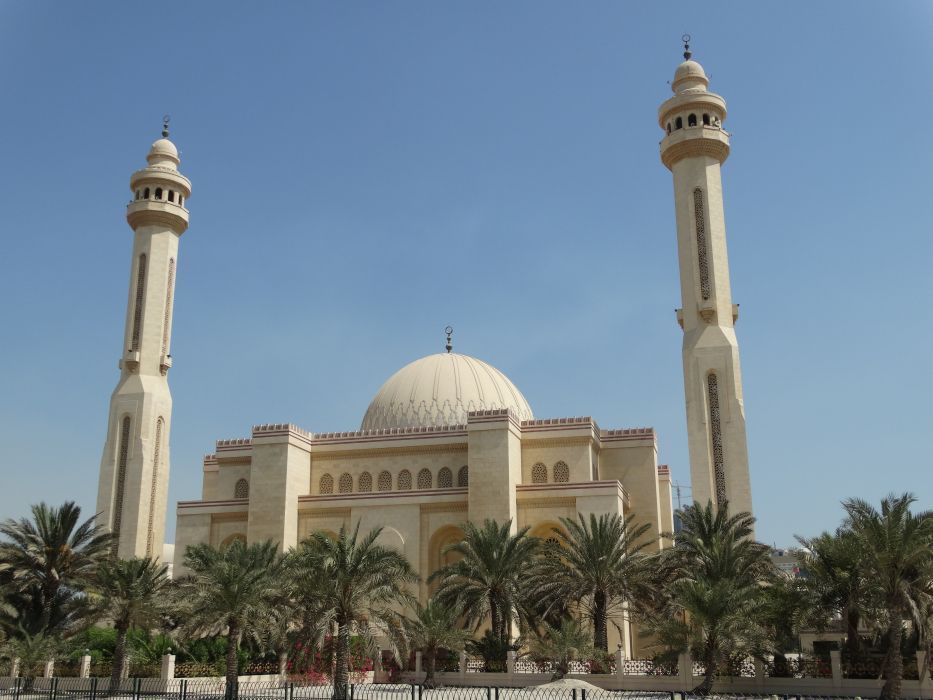
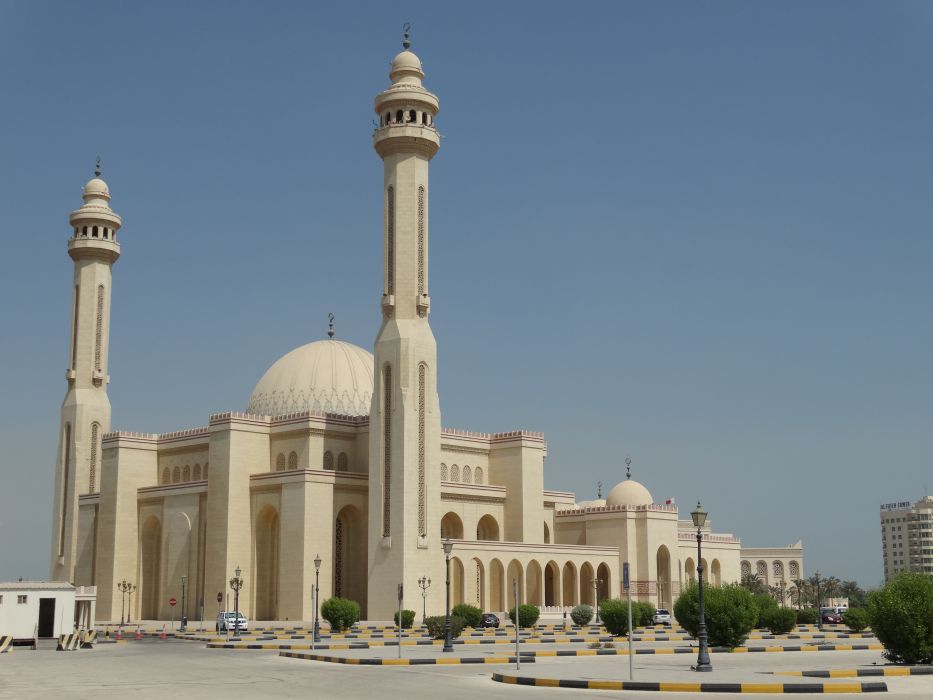
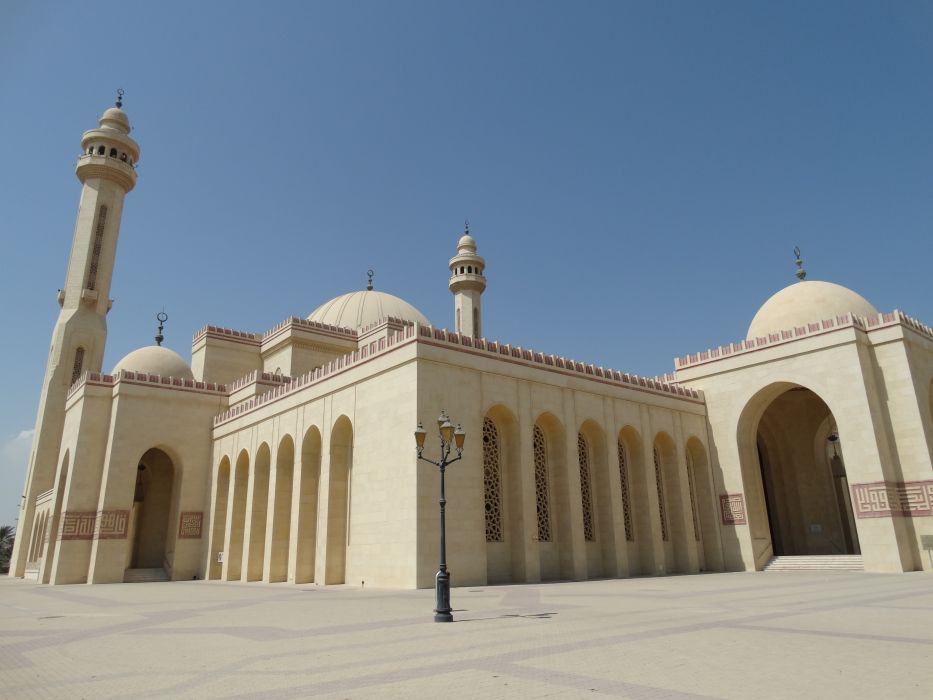
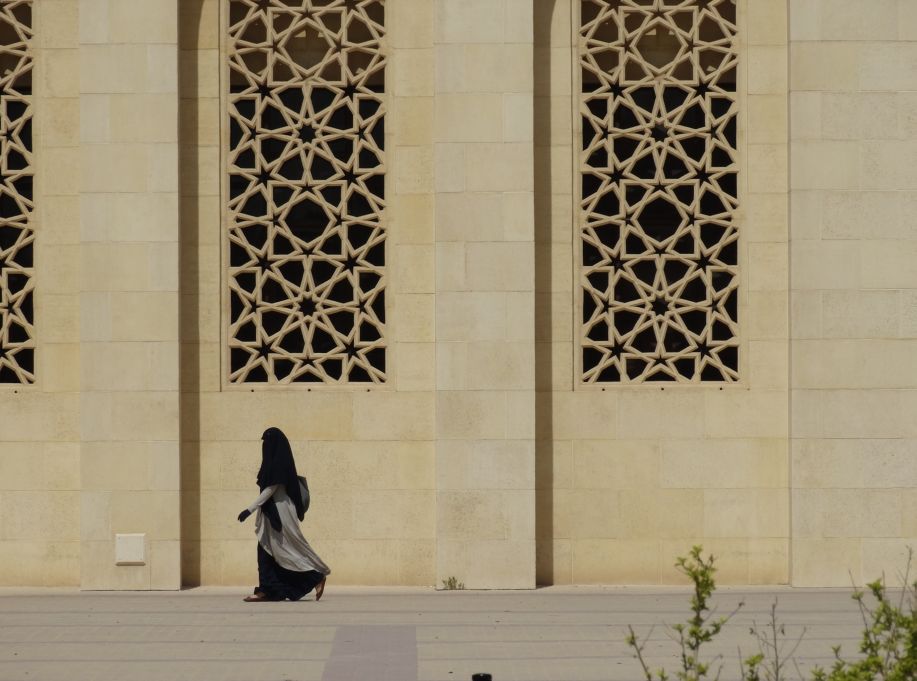
Inner courtyard inside the Al Fateh Grand Mosque.
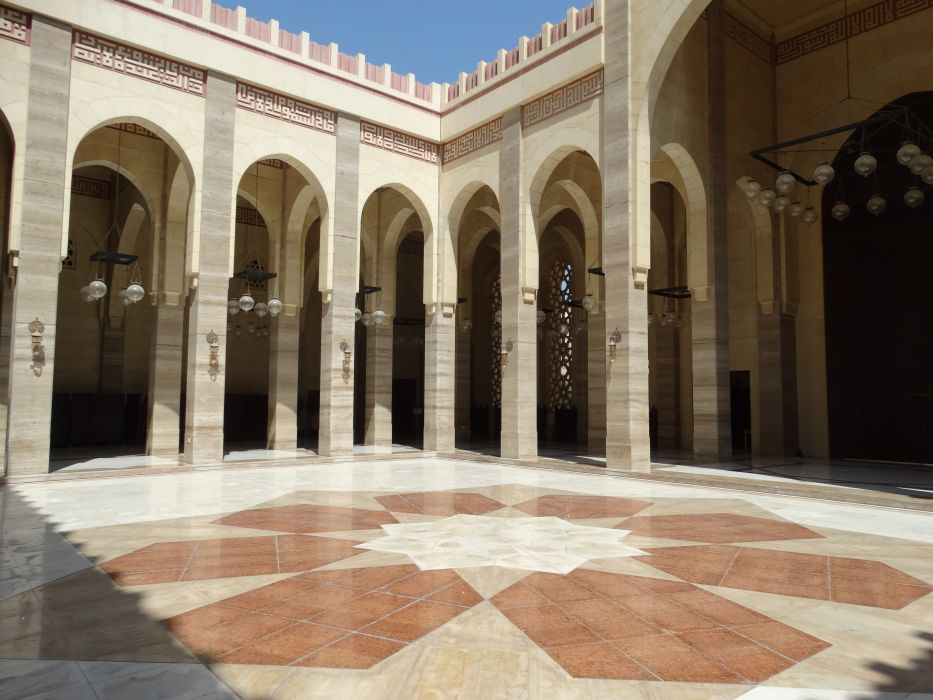
Looking up at the huge dome from inside the Al Fateh Grand Mosque. Built entirely of fiberglass and weighing more than 60 tons, it is the largest fiberglass dome in the world.
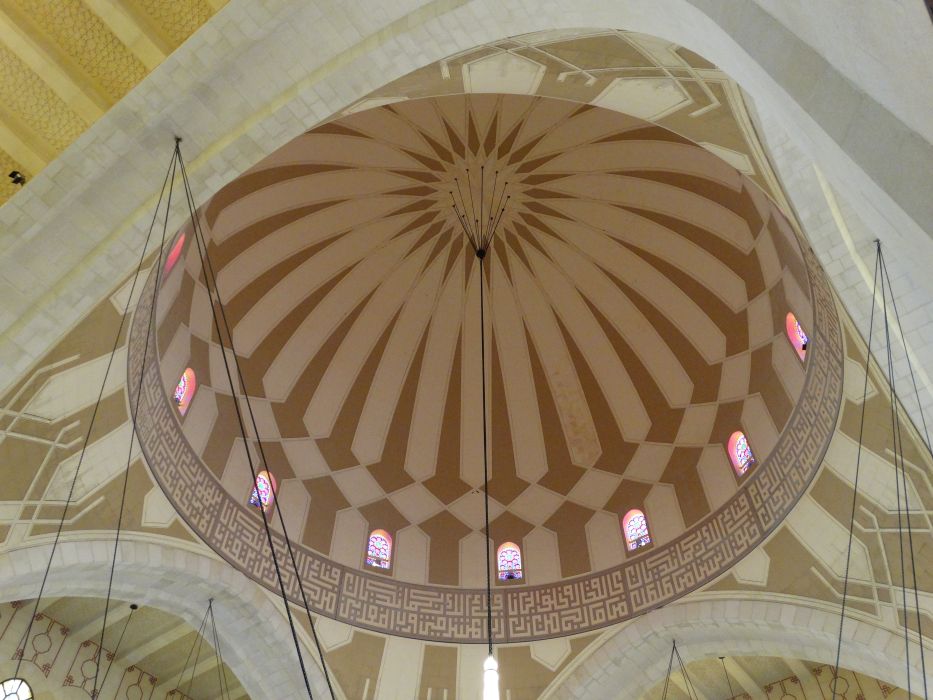
The mosque's qibla, showing the direction towards Mecca and from which calls to prayer are announced.
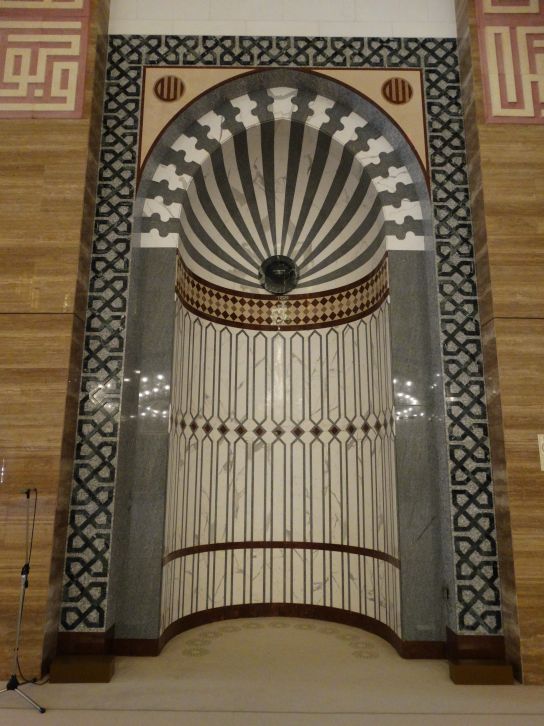
A couple shots from the second floor of the mosque of worshippers down below.
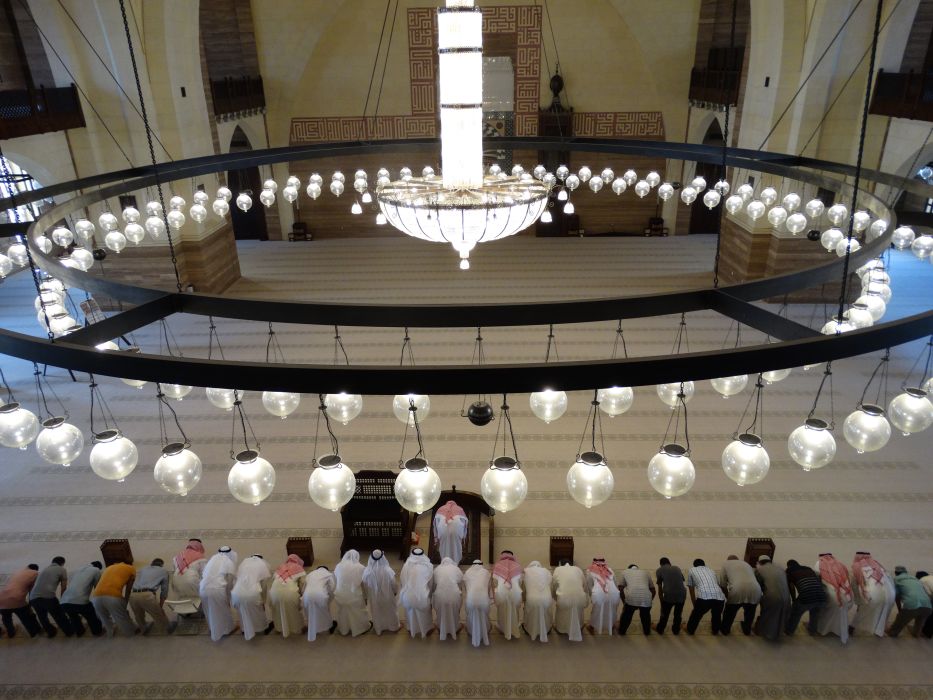

---------------------------------------
Walking from Al Fateh Mosque to Bahrain National Museum along the eastern corniche.
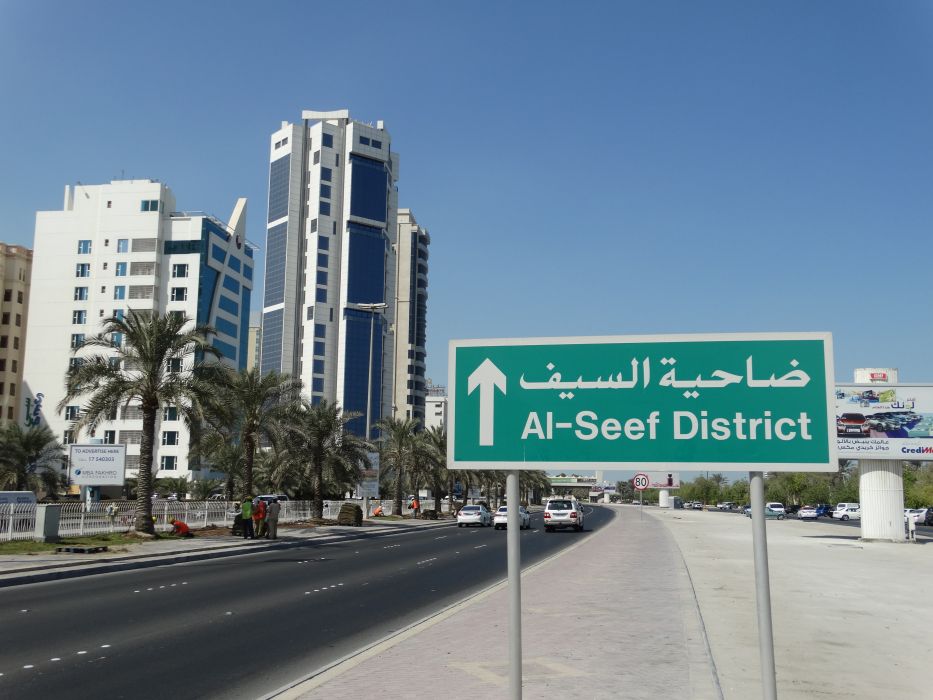

---------------------------------------
A shot of the exterior of the Bahrain National Museum.
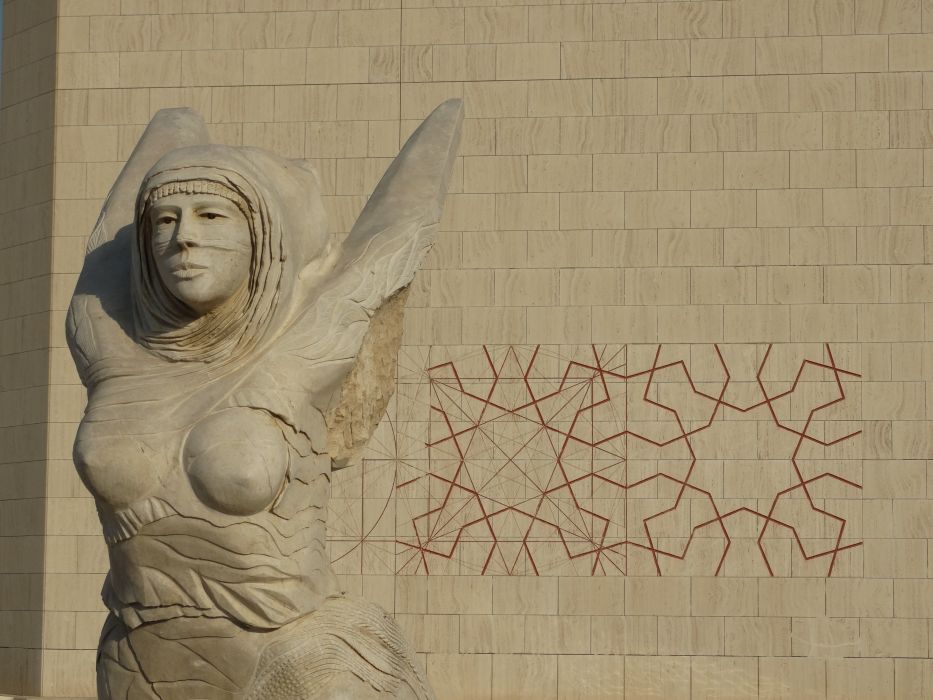
The interior of the museum contains several lifelike displays of Bahraini home life, bazaars, and a surprisingly large and intricate recreation of a dhow at sea complete with a squadron of pearl divers.
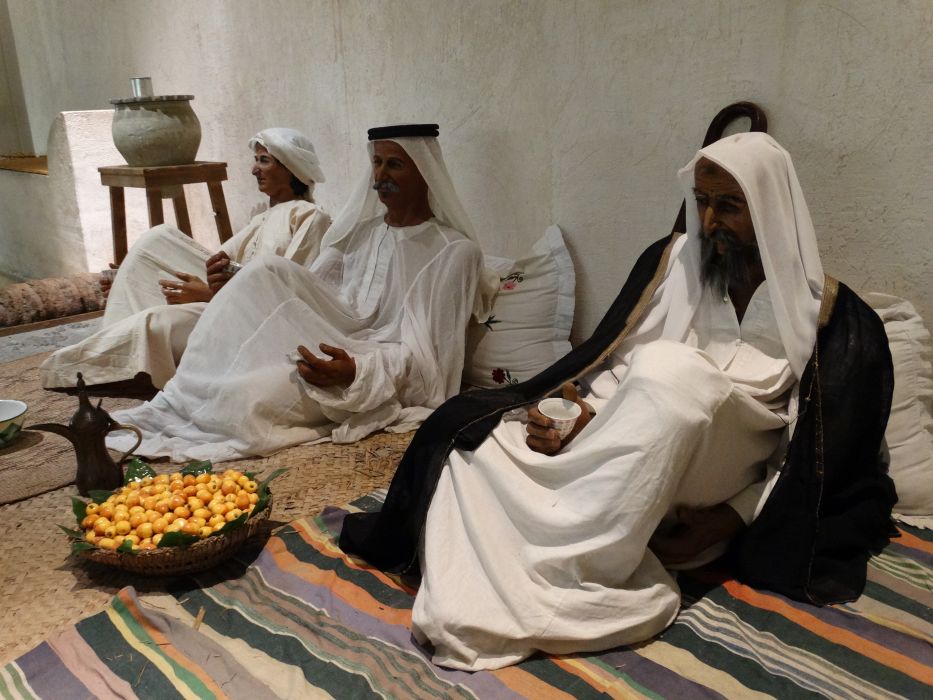
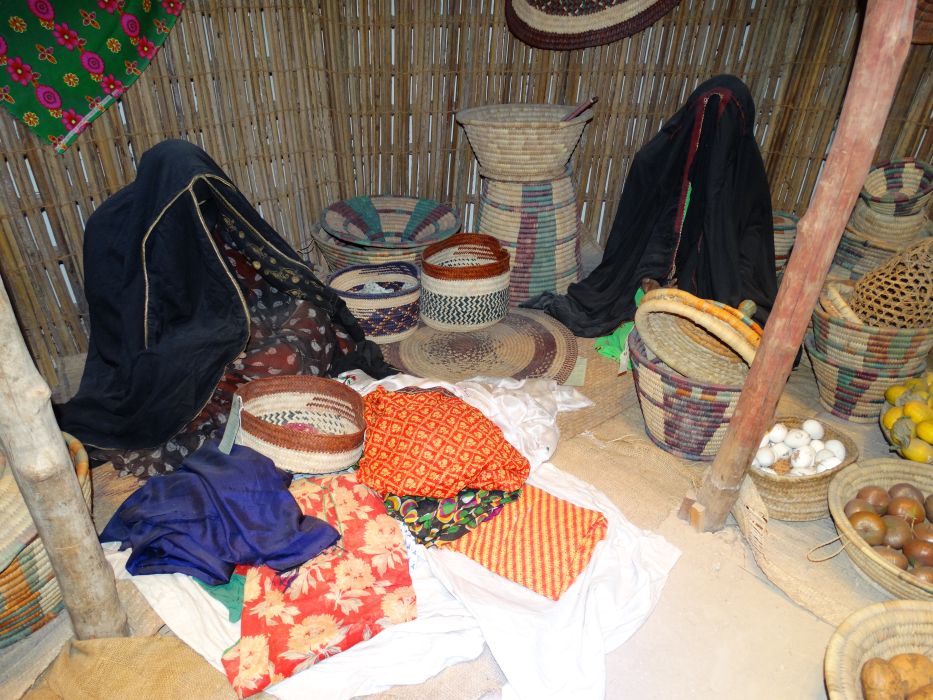
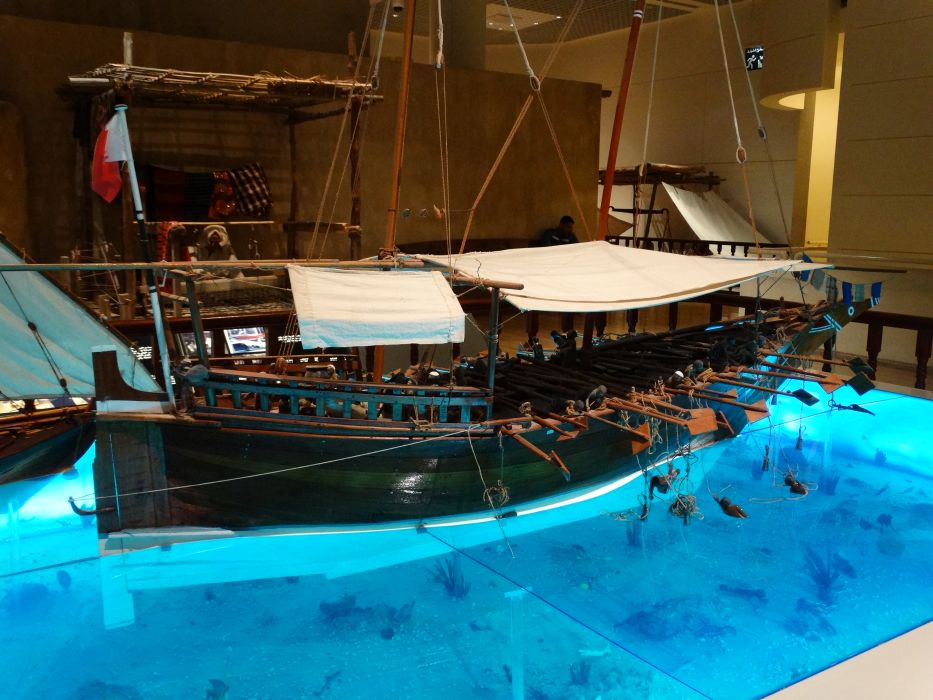
---------------------------------------
A couple snapshots of the promenade in front of the Bahrain National Theatre with views of the island of Muharraq across the water.
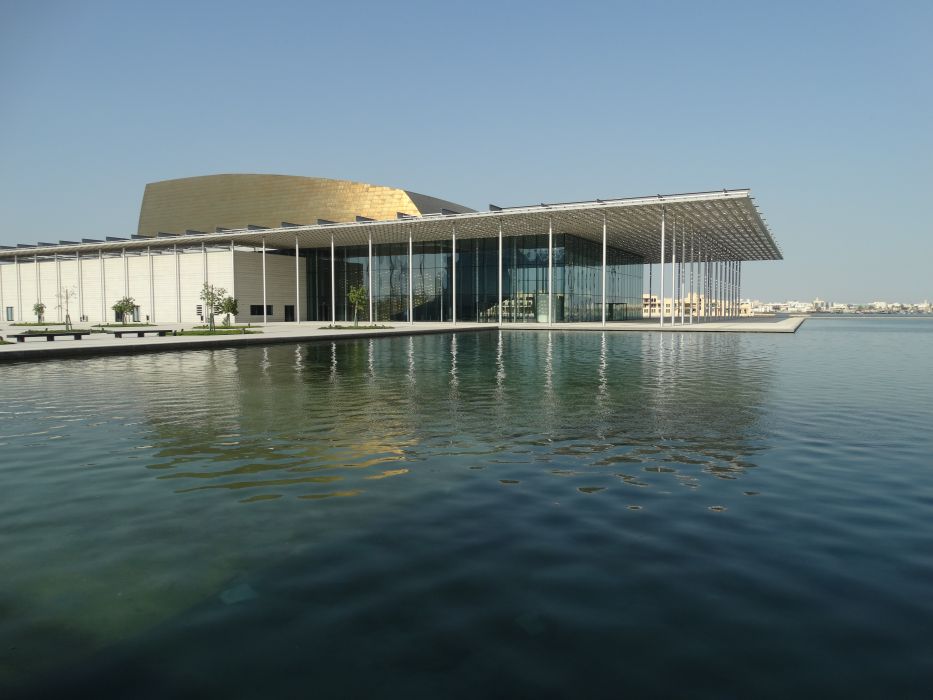
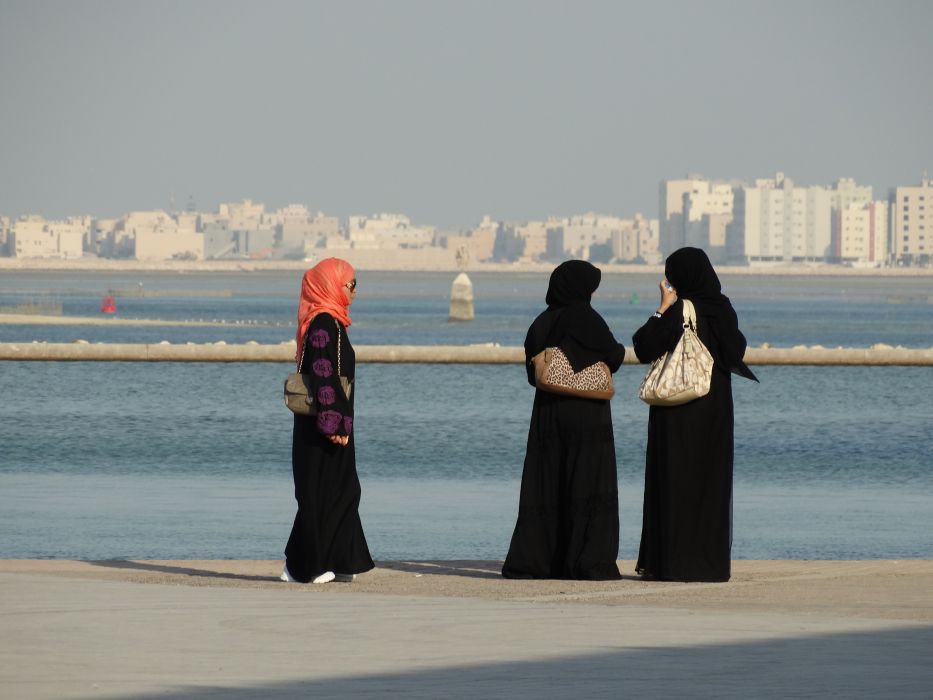
---------------------------------------
One last look at Bahrain from the sky. Always amazing to see what people can reclaim and create from the sea.
